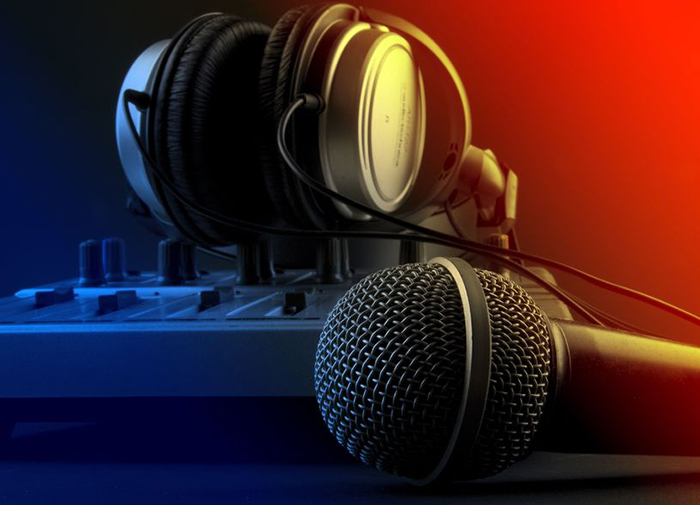How something sounds to each of us is very subjective. Not everyone hears the same – this was a big “a-ha” moment for me early in my career as an independent audio practitioner, a.k.a., a Lone Audio Ranger.
Aside from ensuring that the loudspeakers and the rest of the system gear are functioning properly, as well as considering room acoustic challenges, your individual taste is up to bat when it comes to mixing. There is no one perfect mixing style or sound – if there were, this whole sound thing wouldn’t be so fun anymore!
When it comes to personal mixing style, my advice is to encourage you to listen and react with your first instinct – trust your gut. Second-guessing can lead you down a rabbit hole of self-doubt.
Our experience and personal lifelong relationship to music prepares us for choosing what knob to turn and why.
Best Choice?
Aside from turning knobs, I’ve also been a musician all my life. I’m attracted to and listen to many styles of music. My mixing taste is rooted in what I like and think sounds nice. I strive for dynamics, impact when necessary, and I don’t tend to mix super loud. The goal is doing my best to serve the song and style. I rely on my ears, experience, gut, and musicianship to guide my sonic decisions.
Yet, to be honest, I may not be the right engineer to mix certain genres. Know the genres you do best and enjoy the most. When approaching a style you don’t often work with or have never mixed, consider taking the time to listen ahead of time. You’d be surprised how simply asking a musician or dedicated fan for suggestions on the mix can benefit all and make for a great experience.
Taking The Edge Off
Please pay attention to how high end is handled. I came up operating under the principle of never boosting frequencies. While I break this “rule” often, I’m always considerate of why a boost is necessary when a cut couldn’t put the sound where it needs to be.
Take advantage of low-pass filters – not to be confused with high-pass filters, by the way, which cut the low end. I find “low passing” electric guitars frees me up greatly to push the “meat” of the instrument, while making room for other elements like vocals that need that brightness and space. Also consider low-passing reverb and delay returns – I’m always surprised by the brightness of stock effects.
Position Those Amps
Electric guitars can be a “mix eater,” sonically taking up valuable space. Often, we’re not in control of the guitar rig/amp and choices of sounds, but we do have the opportunity to suggest the position of the guitar amp in relation to FOH and the audience. Guitar amps are quite “beamy,” and you may find yourself at direct ear height to the guitar amp due to the stage height and front of house position.
While at FOH as well as in the audience, listen to the guitar rig without reinforcing it – is it tearing your face off? If so, ask the player to shift the amp to point a bit off stage, one way or the other, just not pointed directly at you.
It’s always a treat when the player has a low stage volume, points the amp into the stage, has the amp off stage, or uses no amp at all. Yet it’s also very important to respect the player and establish that you’re on the same team, trying to present to the audience the best sound possible. If the player isn’t OK with making a few adjustments – no sweat. It’s all about making the performer comfortable.
Present But Not Harsh
I strive to make vocals present and intelligible; anything that gets in the way takes a backseat. Note that this does not mean harsh and/or overly bright.
Pulling this off can be tough with the common microphone choices and their accompanying presence boost. Spend some time checking out the frequency responses of your vocal mics, because sometimes a 58 isn’t always the best choice (blasphemy!).
There are many tools that can help take the edge off of vocal sound. In the digital plugin world, a Waves C4/C6 compressor as well as a Waves DeEsser can be great choices in this quest. If working with a Behringer X32 (or Midas M32) console, check out the dual-band de-esser. Yamaha QL and CL consoles have a wonderful dynamic EQ in the premium rack section, while Midas PRO Series desks have a nice emulation of the legendary BSS DPR-901 dynamic EQ.
Some useful hardware tools include the BSS DPR-404 compressor/de-esser and the aforementioned BSS DPR-901 (now discontinued but available on eBay and elsewhere).















